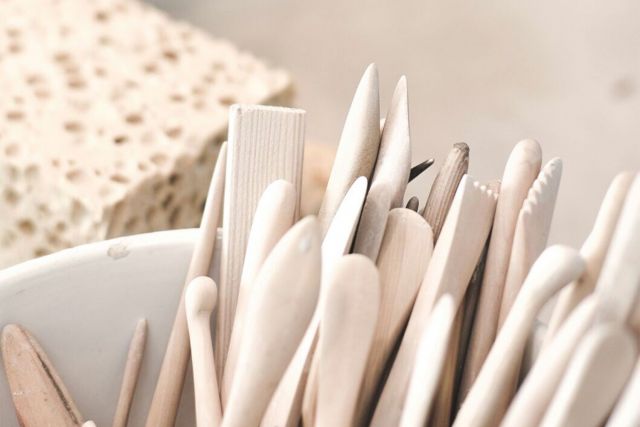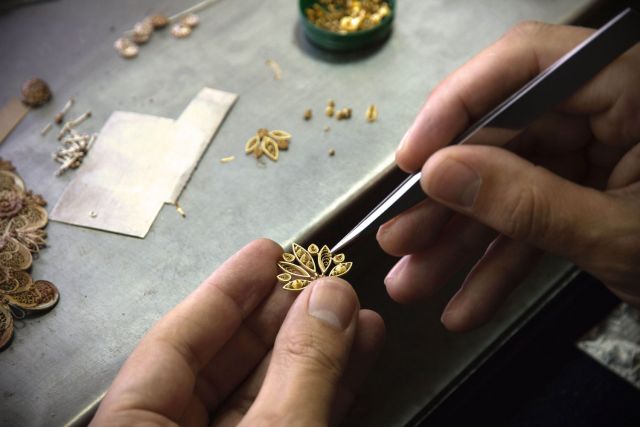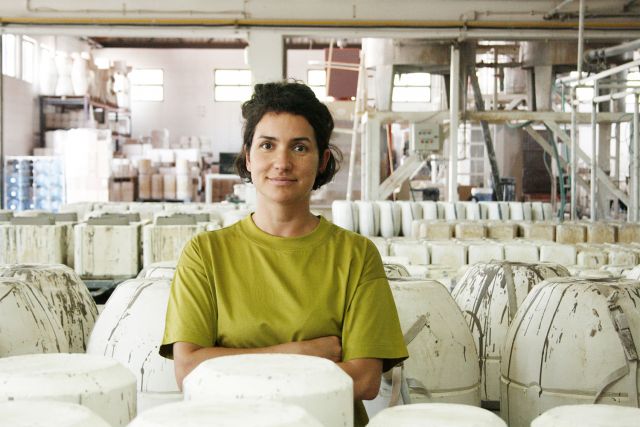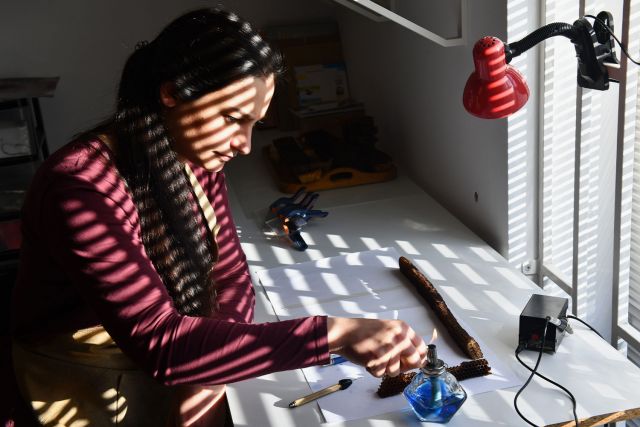Cabeço is a stoneware sculpture inspired by traditional Portuguese puppets. It was made using ballast and the pinching method of shaping. The finish was created with scraped manganese oxide, glazed at 1050°C.
Length 27 cm
Width 21 cm
Height 21 cm
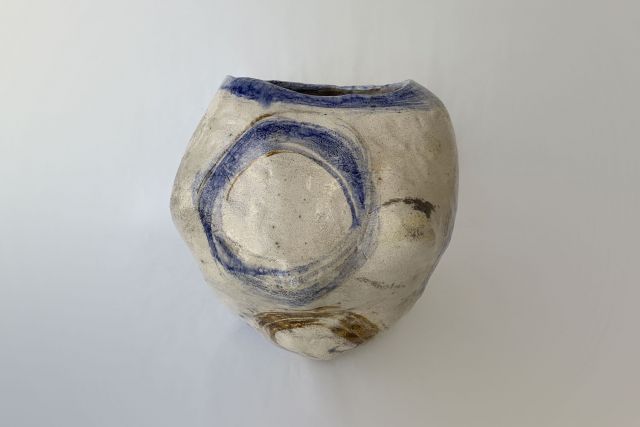
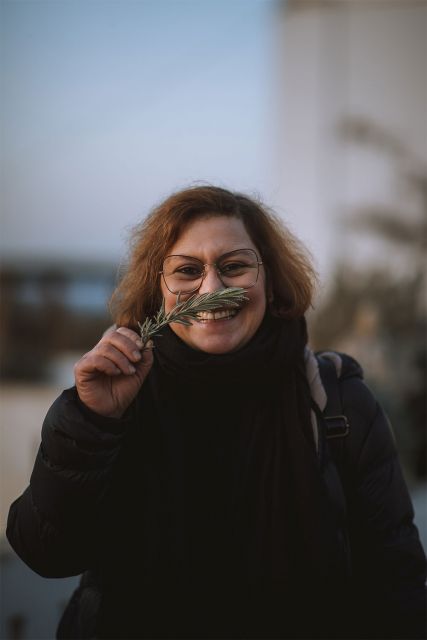
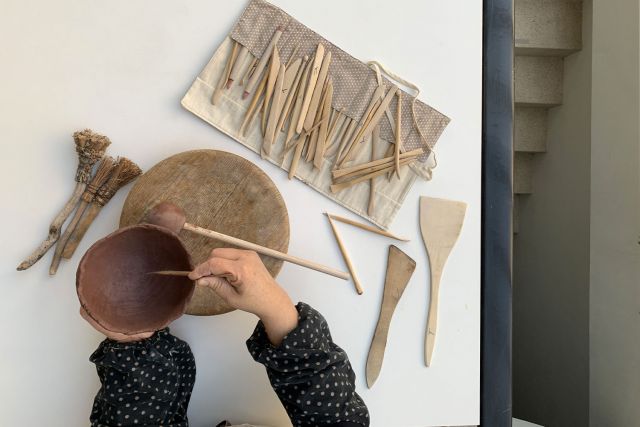
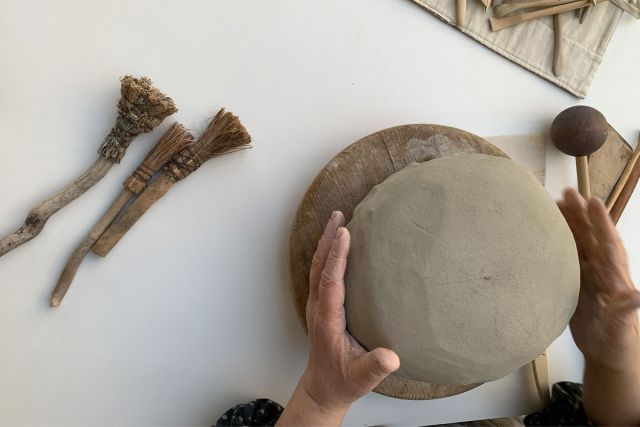
Teresa Branco
- Brâmica
- Ceramicist
- Porto, Portugal
- Master Artisan
- Recommended by Christian Haas
Monday to Friday 14:00 - 20:00
+351 961097013
A ceramicist on a social mission
- • Teresa's brother introduced her to the world of ceramics
- • She treasures the primitive relationship between hands and clay
- • Her background in social work shapes the way she runs her studio
Ceramics is more than an art for Teresa Branco. It’s a way of life that has accompanied her since her brother took her to a ceramics workshop when she was only 18. She studied social science and worked in the field for two decades but ceramics was always present. “My work was intense but I needed the regular connection with ceramics for my well being,” she says. Opening her own studio, Brâmica, enabled her to naturally integrate a social dimension she holds close to her heart. “My studio provides a creative space in Porto where individuals can come to work independently on their own projects.” Positive stories such as a South Korean tourist who, after spending time at Brâmica, set up her own workshop back home, bring great joy to this ceramicist on a social mission.
Read the full interviewWorks
Photo: © David Marques

Photo: © Teresa Branco
These two hand shaped stoneware vessels were created using the 'obvara' firing process, which means they were heated to 850°C, removed from the heat and then dipped into a specific yeast mixture before being dunked in water for rapid cooling. The technique originated in Eastern Europe around the 12th century and gives stunning effects to Teresa’s vases, inspired by the texture of lichens on stones found in the Portuguese mountains.
Length 27 cm
Width 21 cm
Height 21 cm

Photo: © Teresa Branco
This stoneware vase was modelled by combining distinct pieces of ceramics, or in her own words, through 'collage'. It was glazed using the Raku technique of low firing.
Length 12 cm
Width 12 cm
Height 13 cm

Photo: © David Marques
Hand shaped by pounding and squashing the clay, this vessel has subtle colours achieved with high temperature firing. Teresa’s aim in crafting this stoneware vessel was to recreate the effect of moss on tree trunks.
Length 14 cm
Width 14 cm
Height 19 cm

Photo: © David Marques
Hand shaped using the coil building technique, this stoneware vase has a subtle texture achieved by scraping the surface. The piece was fired at 1250°C.
Length 13 cm
Width 13 cm
Height 20 cm





